
Deutsch-Chinesische Enzyklopädie, 德汉百科


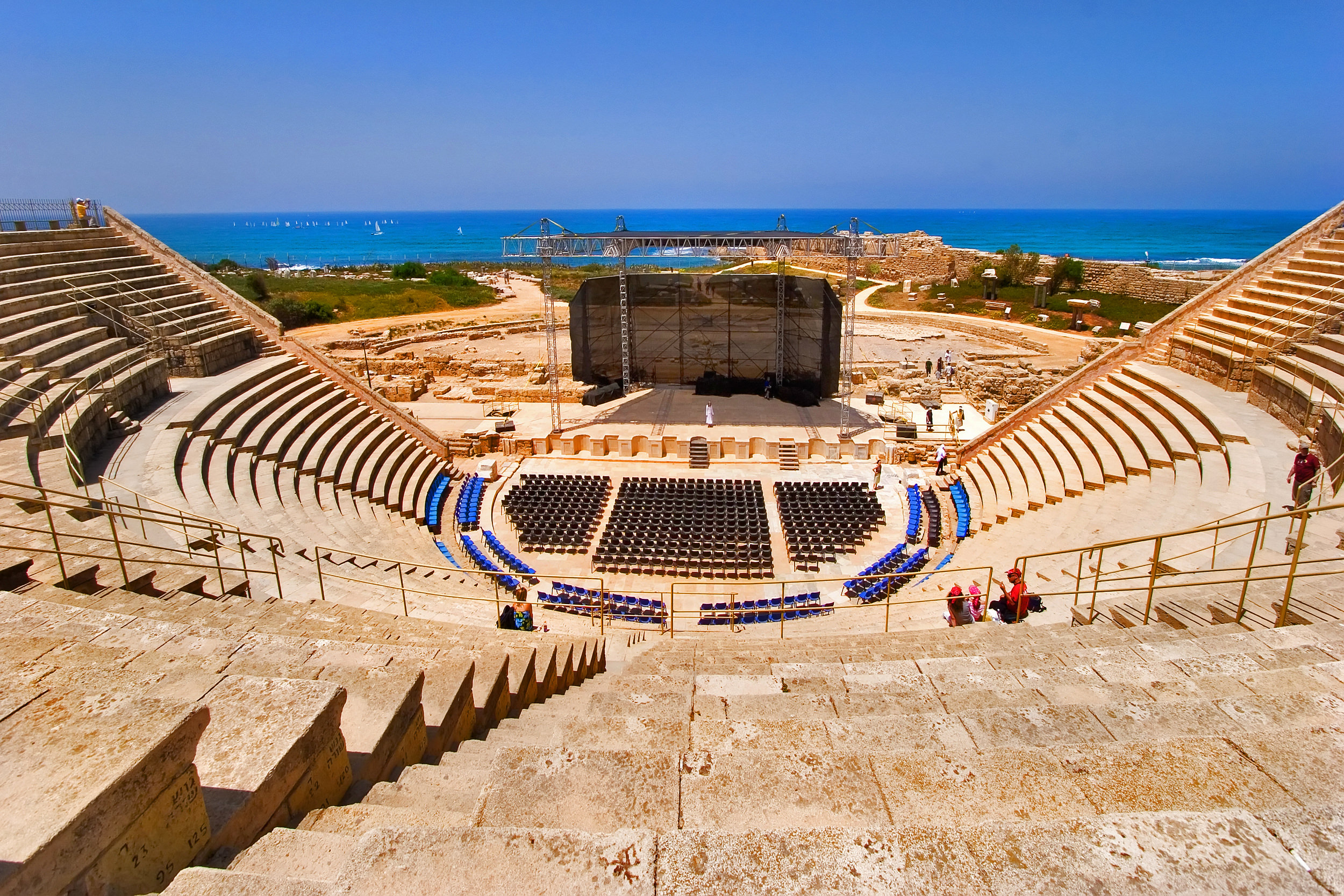
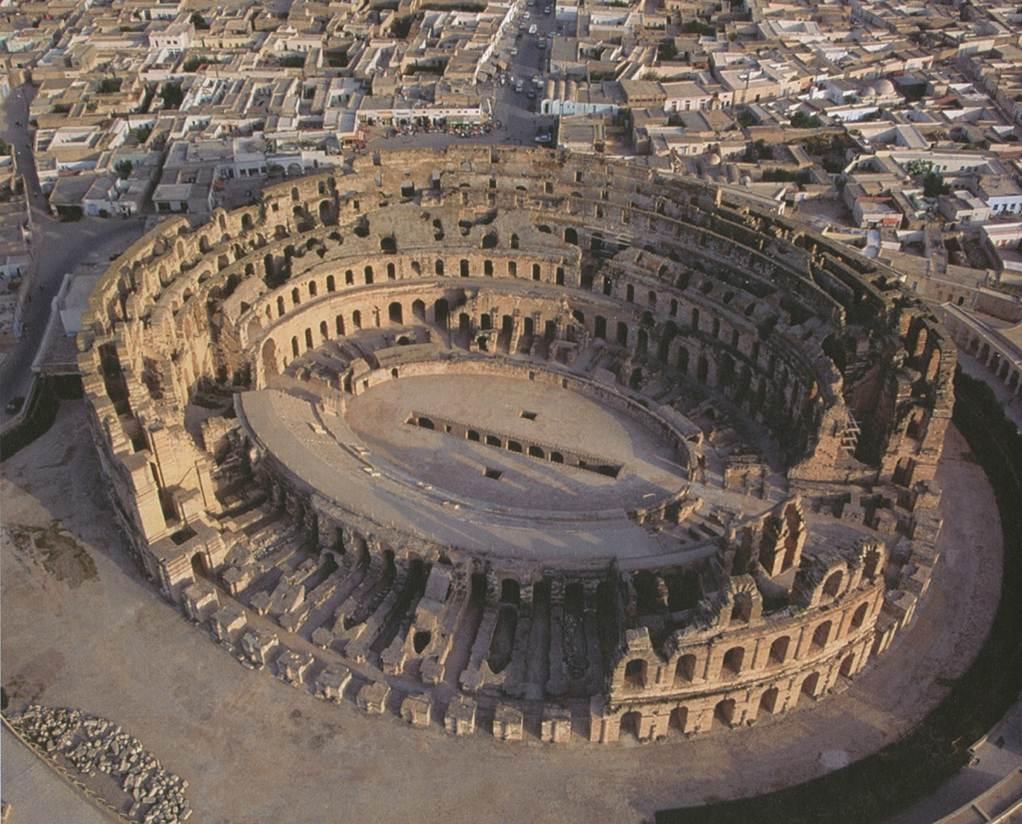
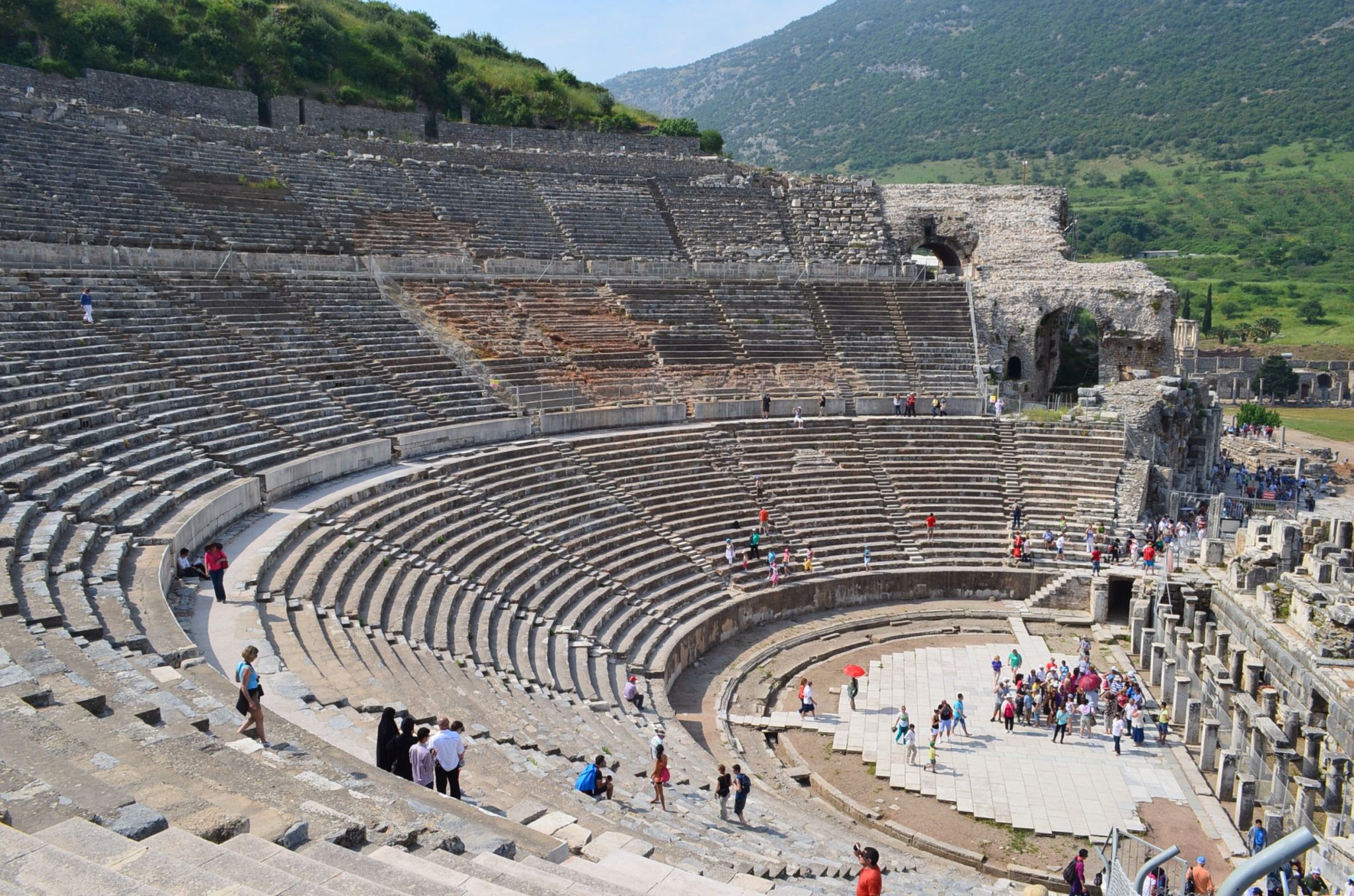
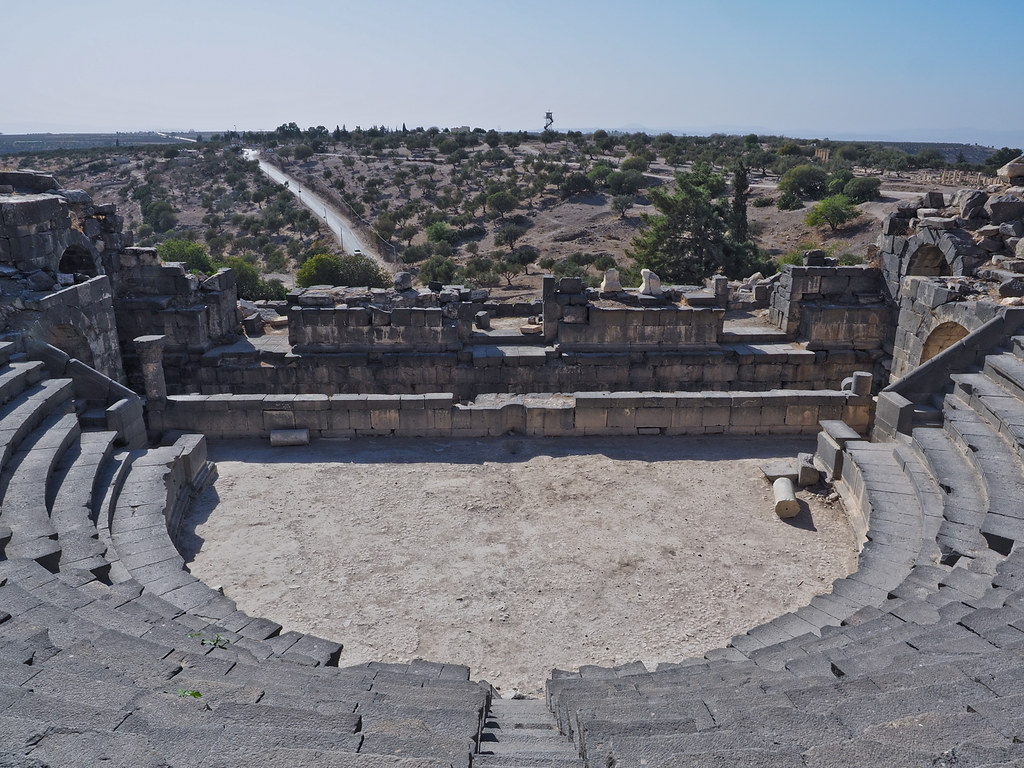

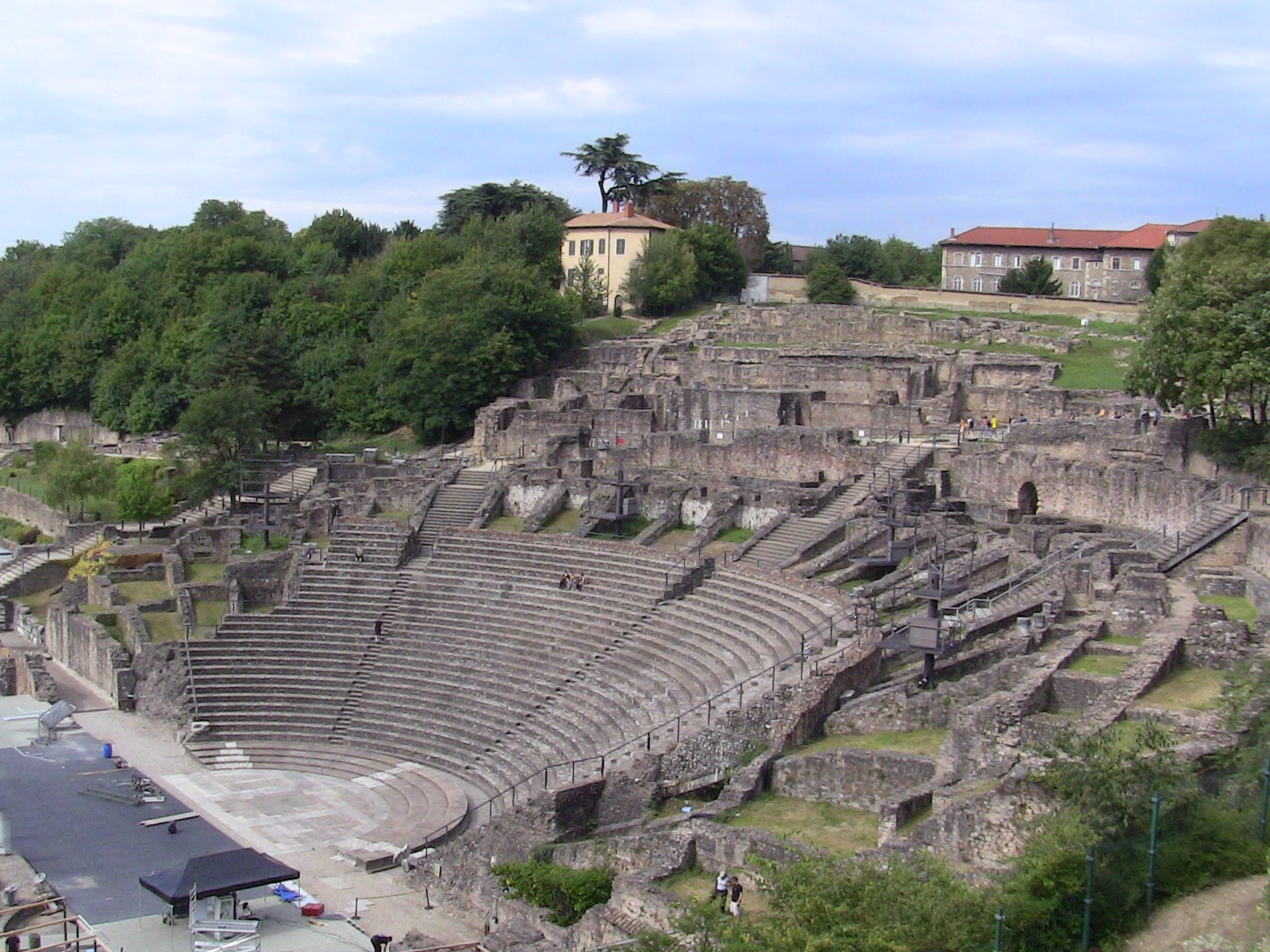

尼姆竞技场(Arènes de Nîmes)是一座古罗马圆形竞技场,位于法国城市尼姆。它大约建成于公元70年,1863年改建为斗牛场。尼姆竞技场每年举行两次斗牛,也用于其他公共活动。
这座建筑为椭圆形,长133米,宽101米。设有34排座位,能容纳16300名观众的能力,1989年以后设有可移动的屋顶和供热系统。
尼姆竞技场兴建于皇帝奥古斯都时期。罗马帝国衰落后,竞技场由西哥特人设防,四周筑起围墙。在其后的西哥特人势力崩溃后,进入动荡不安的时期,后来穆斯林曾经入侵。18世纪初被法国国王征服,尼姆子爵在竞技场内建造设防的宫殿。后来在此范围内发展成一个小社区,有100名常住居民和两个小教堂,在最高峰时竞技场内曾经生活700人。
这些建筑物一直留在竞技场内,直到18世纪,当时决定将竞技场改为目前的形式。
Die Arènes de Nîmes ist ein römisches Amphitheater in der französischen Stadt Nîmes.
In Nîmes, der colonia Nemausus in der Provinz Gallia Narbonensis des Römischen Reichs, wurde das Amphitheater zwischen 90 und 120 n. Chr. nach Vorbild des römischen Kolosseums erbaut. Während der Völkerwanderung diente es als Fluchtburg. 1863 wurde es in eine Stierkampfarena umgewandelt und heute finden dort auch andere Veranstaltungen statt.
 France
France

 History
History
 J 0 - 500 AD
J 0 - 500 AD

 Music
Music
 Music Hall, State Theater, Opera House
Music Hall, State Theater, Opera House

 Provence-Alpes-Côte d´Azur
Provence-Alpes-Côte d´Azur

 World Heritage
World Heritage
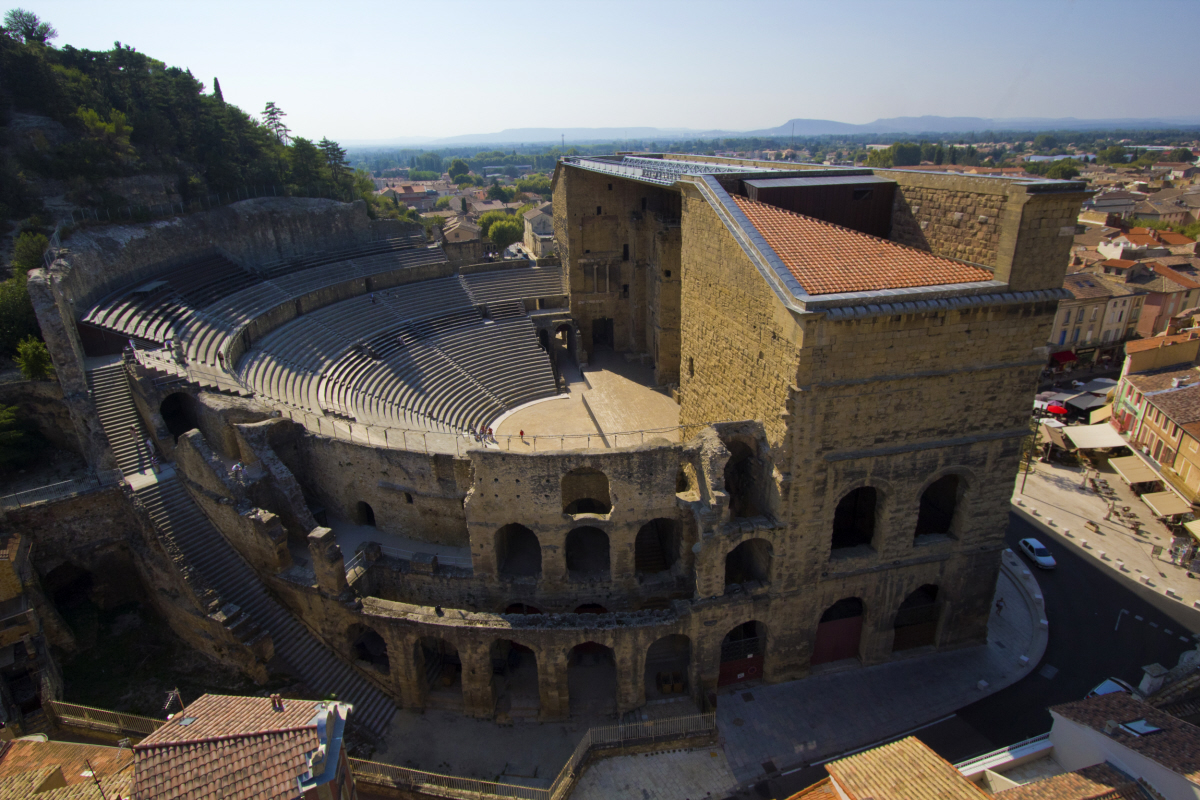
Das Theater von Orange, ein antikes römisches Theater in Südostfrankreich, wurde im 1. Jahrhundert n. Chr. erbaut. Es befindet sich im Besitz der Kommune Orange und beherbergt im Sommer das Opernfestival Chorégies d'Orange.
Es gilt als eines der besterhaltenen römischen Theater in der 40 v. Chr. gegründeten, römischen Kolonie Arausio. Im Leben der Einwohner, die dort häufig ihre Freizeit verbrachten, spielte das Theater eine große Rolle. Die römischen Machthaber sahen in ihm nicht nur ein Werkzeug, das half, die römische Kultur in den Kolonien zu verbreiten, sondern auch ein Mittel, um die Bevölkerung von politischen Aktivitäten abzulenken. Pantomime und Dichterlesungen, meist den ganzen Tag andauernd, waren die vorherrschenden Formen der Unterhaltung. Für die Zuschauer, die sich von aufwändigen Effekten begeistern ließen, wurden prunkvolle Bühnenbilder gebaut. Die Spiele waren offen für alle und kostenlos.
Als das römische Reich im 4. Jahrhundert auseinanderbröckelte und sich das Christentum ausbreitete, wurde das Theater 391 n. Chr. durch offiziellen Erlass von der Kirche geschlossen. Es wurde komplett verlassen und von den Barbaren geplündert. Während des Mittelalters war es ein Verteidigungsposten. Im 16. Jahrhundert, zur Zeit der Religionskriege wurde es von den Stadtbewohnern als Zufluchtsort genutzt. Ludwig XIV. bezeichnete die Bühnenfassade bei einem Besuch als die schönste Mauer seines Königreichs („C'est la plus belle muraille de mon royaume“). Während der Französischen Revolution diente es als Gefängnis, wo Gegner der Revolution unter unwürdigen Verhältnissen gefangen waren. 1824 begannen umfangreiche Renovierungsarbeiten unter der Leitung des Architekten Auguste Caristie. Seit 1869 finden im "antiken" Theater wieder regelmäßig Aufführungen und Konzerte statt, darunter zum Beispiel das Opernfestival Chorégies d'Orange.
Es wird angenommen, dass das Theater während der römischen Zeit ca. 10.000 Plätze hatte. Heute finden 7.000 Personen Platz. Nur die ersten drei der ursprünglichen Sitzreihen sind erhalten geblieben.
Im Jahr 1981 wurde es zusammen mit dem Bogen von Orange von der UNESCO zum Weltkulturerbe erklärt.
オランジュのローマ劇場とその周辺及び「凱旋門」(オランジェのローマげきじょうとそのしゅうへんおよびがいせんもん)は、南フランスヴォクリューズ県の町オランジュにある、ユネスコの世界遺産。特に劇場は他の都市の同種の遺跡に比べて保存状態がよいことで知られている。
The Roman Theatre of Orange (French: Théâtre antique d'Orange) is a Roman theatre in Orange, Vaucluse, France. It was built early in the 1st century AD. The structure is owned by the municipality of Orange and is the home of the summer opera festival, the Chorégies d'Orange.
It is one of the best preserved of all Roman theatres, and served the Roman colony of Arausio (or, more specifically, Colonia Julia Firma Secundanorum Arausio: "the Julian colony of Arausio established by the soldiers of the second legion") which was founded in 40 BC. Playing a major role in the life of the citizens, who spent a large part of their free time there, the theatre was seen by the Roman authorities not only as a means of spreading Roman culture to the colonies, but also as a way of distracting them from all political activities.
Mime, pantomime, poetry readings and the "attelana" (a kind of farce rather like the commedia dell'arte) were the dominant forms of entertainment, much of which lasted all day. For the common people, who were fond of spectacular effects, magnificent stage sets became very important, as was the use of stage machinery. The entertainment offered was open to all and free of charge.
As the Western Roman Empire declined during the 4th century, by which time Christianity had become the official religion, the theatre was closed by official edict in AD 391, since the Church opposed what it regarded at the time as uncivilized spectacles. It was probably pillaged by the Visigoths in 412, and like most Roman buildings was certainly stripped of its better stone over the centuries for reuse. It was used as a defensive post in the early Middle Ages, and by the 12th century began to be used by the Church for religious plays. During the 16th-century religious wars, it became a refuge for the townspeople. It has since been restored to its former function, primarily for opera, along side its use as a tourist spot.
Le théâtre antique d'Orange, construit sous le règne d'Auguste au Ier siècle av. J.-C. par les vétérans de la IIe légion de Jules César, est un des théâtres romains les mieux conservés au monde. Il dispose encore d'un impressionnant mur extérieur avec l'élévation d'origine (104 m de large pour 35 m de haut).
Il teatro romano di Arausio è un antico teatro situato ad Orange (Provenza-Alpi-Costa Azzurra), nella Francia del sud. La struttura è attualmente gestita dal comune e viene utilizzata d'estate per la manifestazione Chorégies d'Orange. Dal 1862 è classificato come Monumento storico di Francia.[1]
El Teatro romano de Orange, construido bajo el reinado de César Augusto en el siglo I, es uno de los teatros romanos mejor conservados del mundo. Aún dispone del muro de fachada escénica con su elevación original: 103 metros de largo por 37 de alto.
El teatro de Orange, junto con el Arco del Triunfo de la misma localidad, fue declarado Patrimonio de la Humanidad por la Unesco en 1981.
Античный театр в Араузионе (ныне — город Оранж) — один из наиболее хорошо сохранившихся древнеримских театров. Является местом проведения ежегодного летнего музыкального фестиваля «Хорегии Оранжа».
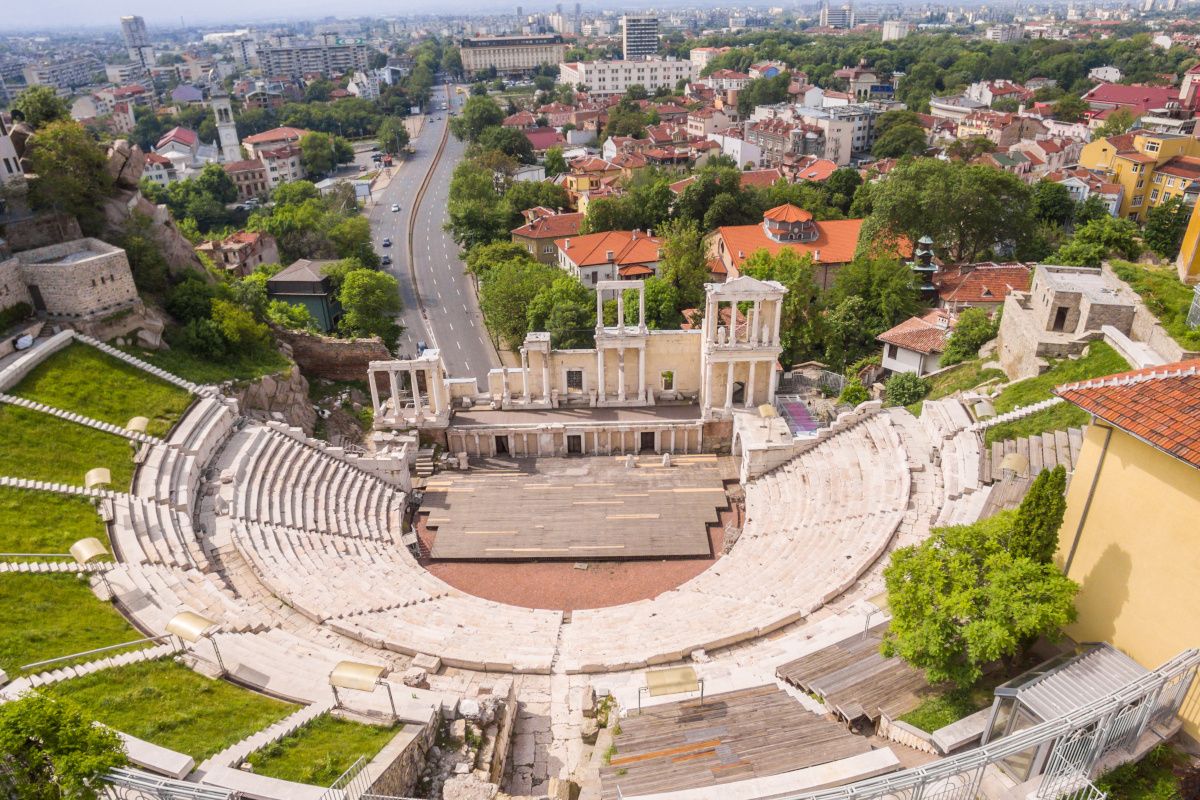
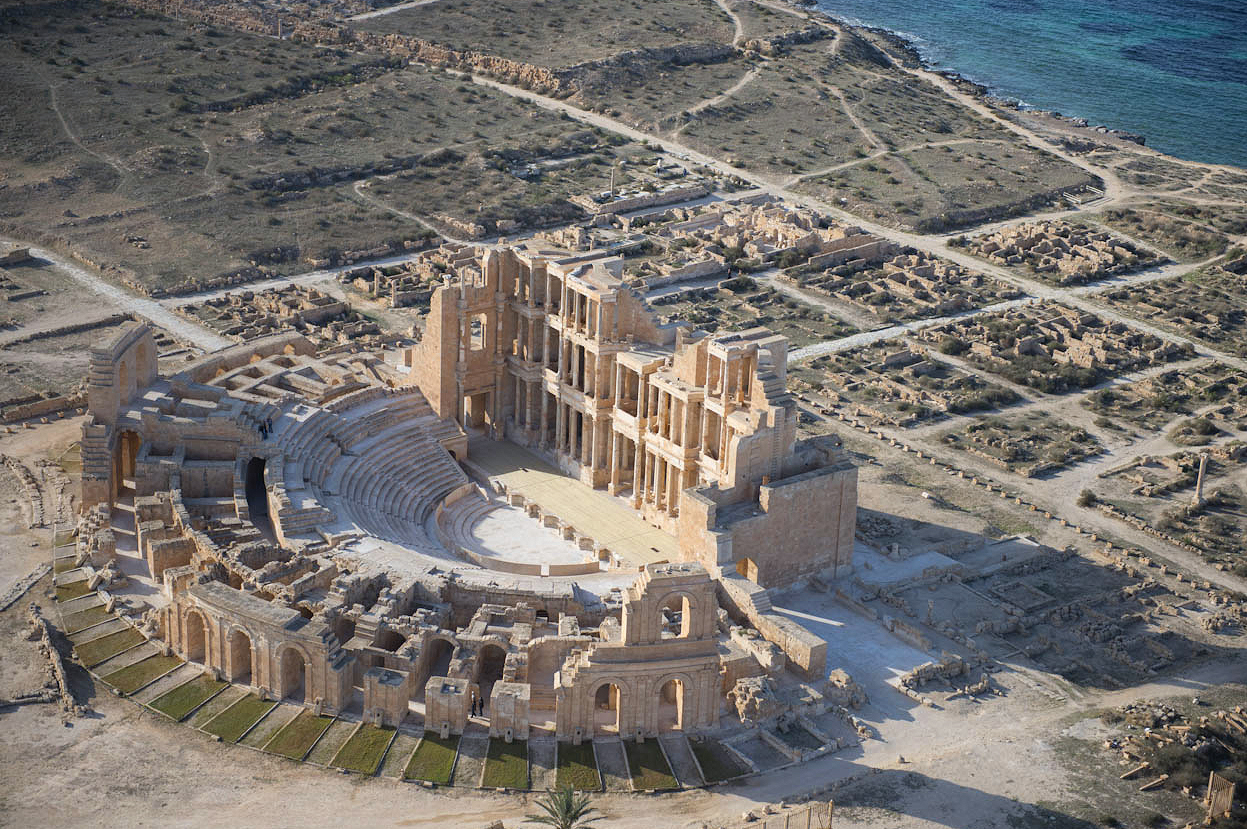
 Architecture
Architecture
 Vacation and Travel
Vacation and Travel
 Auvergne-Rhône-Alpes
Auvergne-Rhône-Alpes
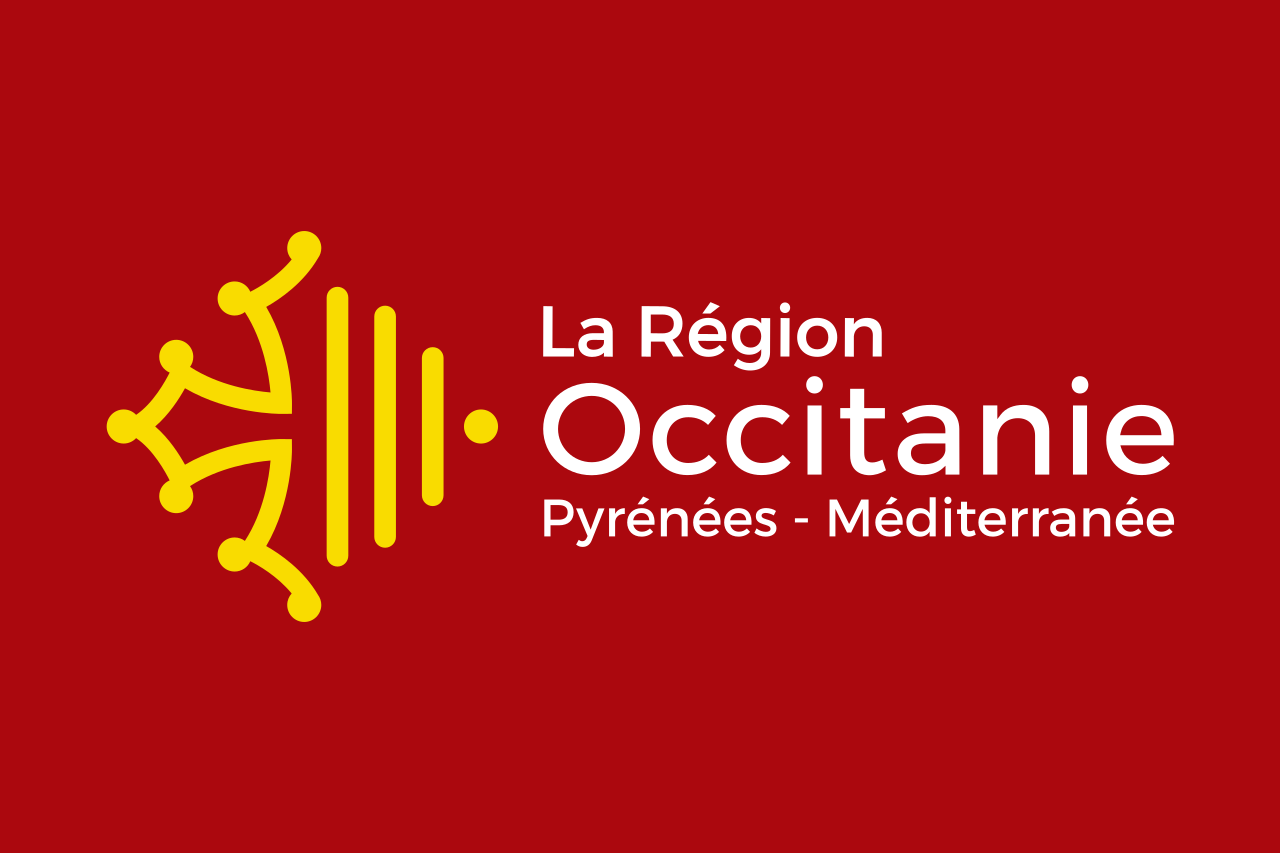 Occitania
Occitania